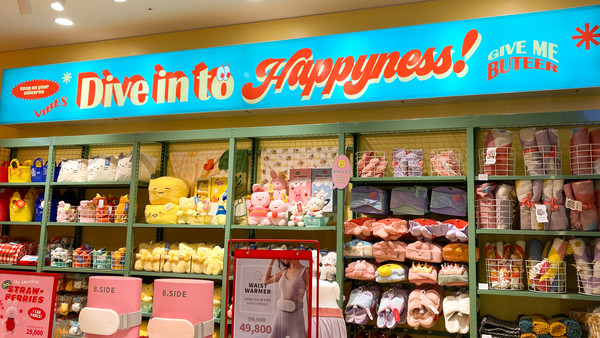Raising language barriers for Koreans

LOST IN a tsunami of alphabets in the center of Seoul, people struggle to orient themselves. Noticing signs covered in English at various cafés, shopping malls, and gift shops, you start to wonder: “Am I in Korea?” Since 2007[1], the South Korean government has encouraged the addition of English translations as a way to attract more tourists. However, it has now reached the point where the alphabet overshadows and sometimes even replaces han-gul[2]. This phenomenon is founded upon the gratuitous perception that han-gul is old-fashioned. While the inclusion of English lowers language barriers for foreigners and tourists, it is ironically raising the language barriers for South Koreans, especially the older community who remain unfamiliar with English. At first glance, to the conventional Korean audience, such a picture looks confusingly foreign: the colorful posters, signs, and stickers in English remind us of an Americanesque setting. Regardless of its self-proclaimed “aesthetic,” the English signs ultimately create an inconvenience when one looks to find certain products. It fails to perform its most fundamental task—to properly deliver information to customers. The unique, appealing interior certainly catches the passerby’s attention, but with the absence of Korean signs, confusion arises.
[1] The Kyunghyang Shinmun
[2] Han-gul: The Korean alphabet

